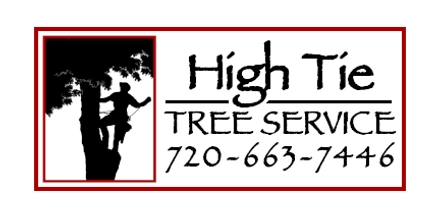How To Choose the Right Denver Tree Service
Factors such as services and licensing are important to consider when choosing a tree removal company. We describe several key factors below.
Vet the Company's Qualifications
Tree service companies should have insurance to protect their customers and workers. Some examples of policies include professional liability, workers' compensation, and general liability insurance. The policies should mention tree work coverage specifically otherwise, you may be liable for any damage or injuries that occur on your property. Tree removal companies don't need any mandatory national certifications, but might employ a certified arborist to perform inspections. An arborist is a specialist who's earned voluntary certifications from the International Society of Arboriculture (ISA). Companies aren't required to employ one, but arborists provide many benefits due to their training in tree preservation, maintenance, and care.
Get Quotes From Multiple Companies
You should request quotes from multiple companies to find the best deal. This lets you compare aspects of each quote, such as the included services, service fees, and timelines.
Confirm the Company Performs Residential Tree Services
A residential tree removal company will have fewer restrictions than a commercial one. Commercial companies work on large commercial properties and therefore must follow certain city ordinances. For this reason, we recommend using a company that specializes in residential tree services.
Request a Tree Risk Assessment
A tree risk assessment (TRA) is a visual inspection to determine the likelihood of a tree or its branches breaking. This is called tree failure. Evaluating tree failure helps service companies figure out how best to minimize the danger to their workers and your property. Talk to your tree removal company and ensure you have a TRA completed before work begins. These assessments are typically performed by certified arborists. Some companies offer TRAs for free, while others charge an additional fee.
Ask About Stump Removal
Tree service companies can remove stumps from your yard with special equipment or by hand. This is important because unattended stumps will decompose over time and can attract pests or become diseased. Ask your provider whether stump removal is included with its service. Costs range from $74 to $544, with the average Denver homeowner paying roughly $346.
How Much Does It Cost To Remove A Tree?
You can expect to pay an average of $693 for tree removal services. Costs will range between $337-$1,484 and are influenced by factors such as tree health, project size, and tree size and type. You may pay per acre instead of per tree if multiple trees need to be removed. The price will be higher if a tree has a high failure risk or requires additional equipment, safety precautions, or labor. Expect to pay roughly $1,781 for emergency tree removal.
Ready to Get a Quote on Your Tree Project?
Please enter a valid 5-digit zip code!
Frequently Asked Questions About Tree Removal in Denver
What are common tree issues?
What's the difference between tree trimming and tree pruning?
How can I tell if a tree is dangerous?
Do I need to hire a professional for tree removal?
Is it safe to leave a downed tree on my lawn?
To share feedback or ask a question about this article, send a note to our Reviews Team at reviewsteam@thisoldhousereviews.com.













